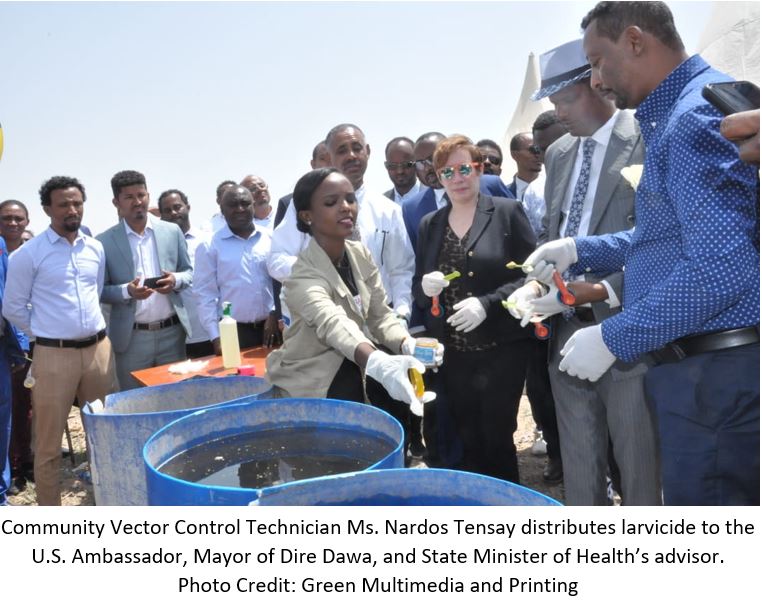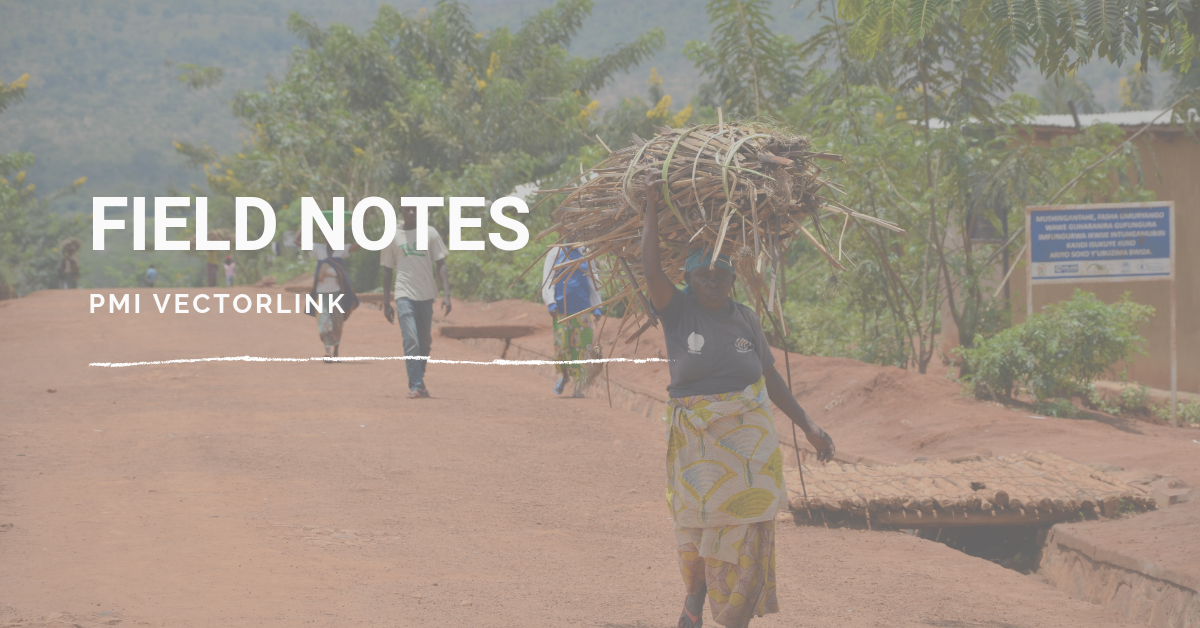 We’ve all been hearing about Anopheles stephensi. We have even had a few different journal articles come out about this invasive vector in the Horn of Africa that is beginning to spread across the continent. And starting yesterday, VectorLink Ethiopia launched the larval source management (LSM) activity to control this mosquito. This week’s Fist Bump goes to the entire VL country and home office Ethiopia team for working so diligently to get this activity up and running.
We’ve all been hearing about Anopheles stephensi. We have even had a few different journal articles come out about this invasive vector in the Horn of Africa that is beginning to spread across the continent. And starting yesterday, VectorLink Ethiopia launched the larval source management (LSM) activity to control this mosquito. This week’s Fist Bump goes to the entire VL country and home office Ethiopia team for working so diligently to get this activity up and running.
An. stephensi is especially concerning as its behavior is considerably different from other common Anopheles mosquitoes. For starters, it prefers to rest and feed outdoors, meaning indoor malaria control interventions like indoor residual spraying and insecticide-treated net distribution may not be effective.
The good news is that An. stephensi larvae are susceptible to all larvicides tested. So, in collaboration with Ethiopia’s NMEP, VL Ethiopia is launching the LSM activity in eight towns. The launch ceremony took place on August 25th in Dire Dawa with the State Minister of Health’s advisor, the U.S. Ambassador to Ethiopia, Regional Health Bureau representatives, and the Mayor of Dire Dawa in attendance. Going forward, VL Ethiopia and the NMEP plan to:
- Access properties in the towns targeted for LSM to identify and characterize larval habitats
- Apply larviciding interventions using a biolarvicide called VectoBac or source reduction interventions biweekly in 100% of all the identified larval habitats
- Monitor the larval indices and adult density of An. stephensi in all towns targeted for LSM
- Strengthen the capacity of government staff in implementing LSM
Great work staying ahead of this challenging mosquito, VL Ethiopia, and special thanks to Kerri-Ann Guyah and Katie Tripp for their work behind the scenes on this activity.


